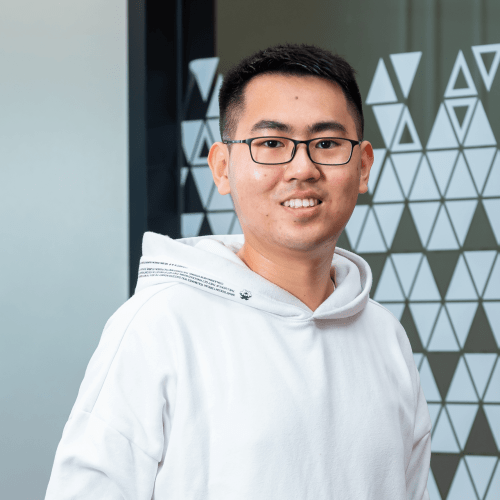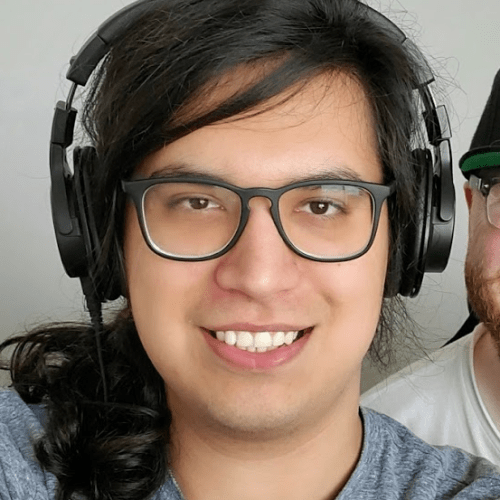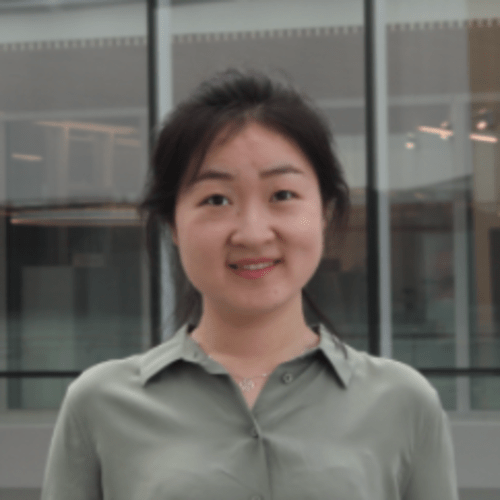(11/17) Towards Effective Data Visualization by Fusing Immersive Technology into Traditional Workflow
As the field of data analysis continues to evolve, researchers are increasingly turning to immersive technologies, such as augmented reality (AR) and virtual reality (VR), to enhance the data exploration and storytelling experience. While these technologies offer a range of benefits, including larger display areas and 3D rendering capabilities, the steep learning curve associated with immersive visualization and the lack of unique benefits of traditional workflows, such as exploiting existing expertise and precise input, have limited their widespread adoption. In this talk, I will share my work in combining traditional workflows with immersive technology to leverage the benefits of both sides for data exploration and storytelling. For data exploration, I will present two techniques, PC (traditional) + VR (immersive) and paper (traditional) + AR (immersive), to achieve effective visual analysis in work tasks and everyday situations. For data storytelling, I will present mobile video-filming (traditional) and AR (immersive) to simplify the complex process of embedding data visualization into short-form videos. Finally, I will discuss ongoing and future work in building hybrid immersive visualization systems that seamlessly integrate traditional visualization workflows with immersive technologies.






















